Lucidea’s Lens: Knowledge Management Thought Leaders Part 52 – Catherine Shinners

Stan Garfield

Catherine helps teams build effectiveness and leaders master new competencies in the digital workplace. She specializes in change management, internal communications, strategy, program management, and knowledge management. She guides clients in navigating organizational, business process, technology, or workplace change, drawing on her professional background in software product management, corporate business development, SaaS marketing, and digital transformation programs.
Catherine uses collaboration and digital technologies to accelerate and amplify change outcomes. She helps organizations adapt to remote, in-office, or hybrid models. She is a certified Prosci change management practitioner and holds certificates in Artificial Intelligence and Business Strategy from MIT/Sloan School of Management and Foresight Essentials from the Institute for the Future.
We have been together at many KMWorld and Columbia University events. She has been active in the SIKM Leaders Community, including frequently being a live tweeter during the monthly calls.
Education
- University of Wisconsin (Madison) – B.A., Anthropology
Experience
- Merced Group – Principal, Founder, 2008 – Present
- The Henne Group – Senior Director, Projects, 2020 – 2022
- Columbia University – Adjunct Faculty, Information and Knowledge Strategy Master’s Program, School of Professional Studies, 2014 – 2018
- Western Digital – Digital Workplace Manager, Internal & Executive Communications, 2016 – 2017
- Integral Development Corporation – Director, Marketing, 2007 – 2008
- WebEx Communications Inc. – Senior Product Manager, 2005 – 2006
- Hewlett Packard – Senior Director, 1997 – 2001
Profiles
Book Chapters
Changing the World of Work. One Human at a Time
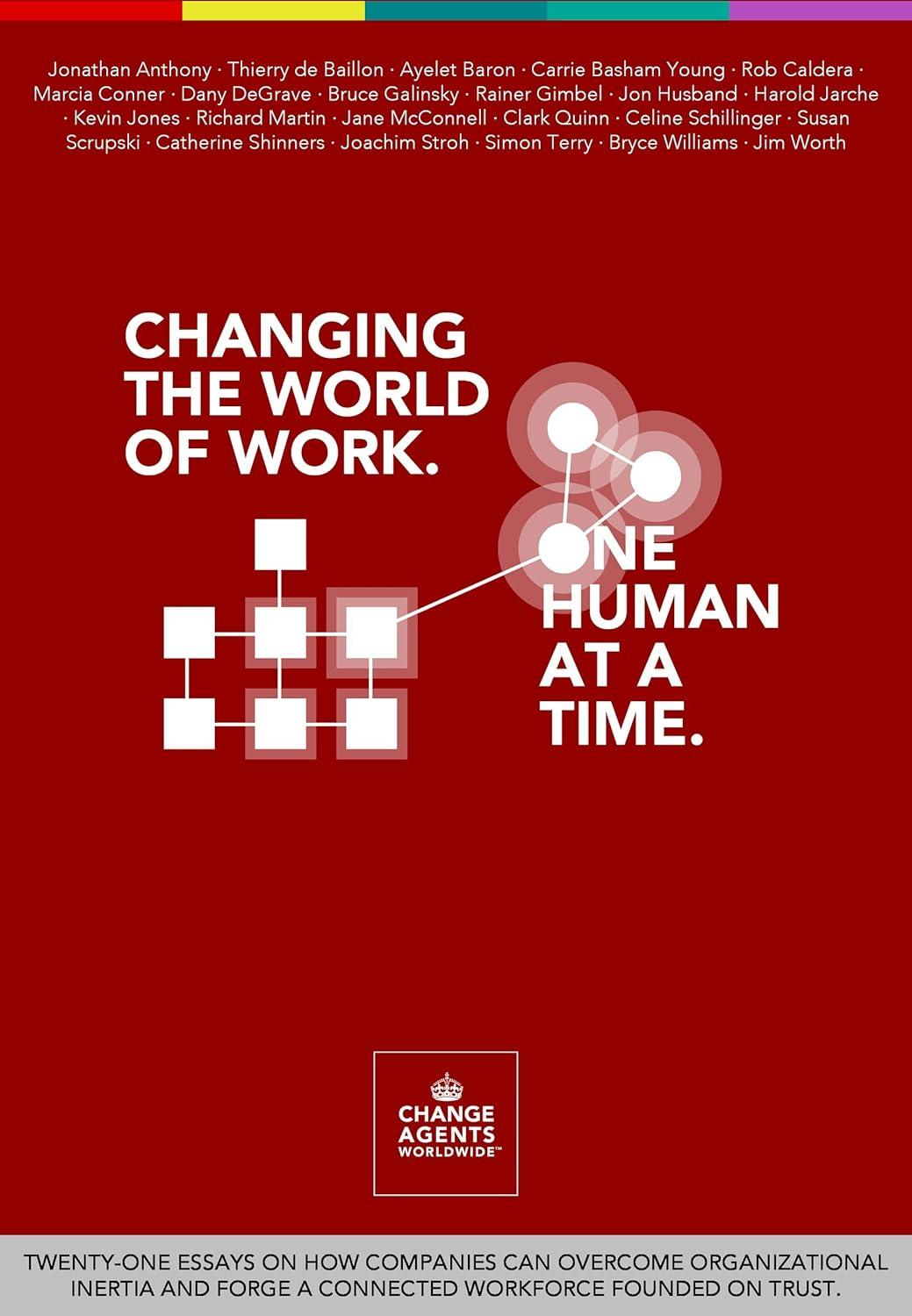
Chapter: A Network Mindset
Smarter Innovation: Using Interactive Processes to Drive Better Business Results edited by Katrina Pugh
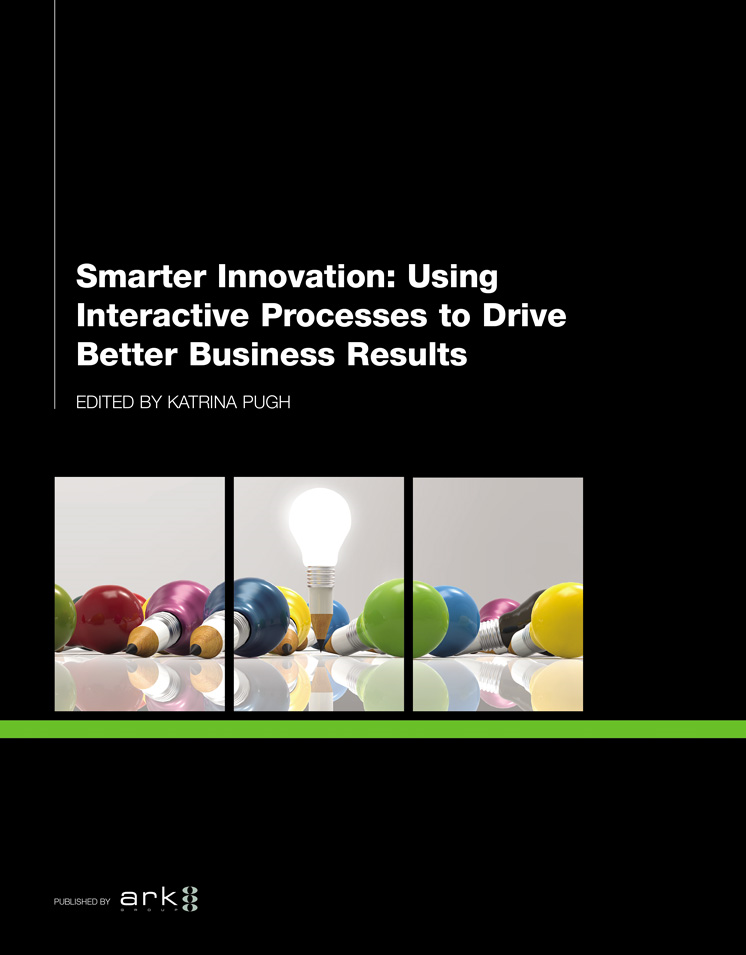
Chapter 11: Innovation by design with Susan Scrupski and Joachim Stroh
- Introducing Change Agents Worldwide
- How we work, our practices
- Network mindset and operating models
- Stewards, facilitators, leaders
- The future of work
Content
- Merced Group
- Blog: Collaboration in Context
- Blog: Cathexis
- LinkedIn Articles
- LinkedIn Posts
- Mastodon
- SlideShare
- SIKM Leaders Community Posts
Videos
- YouTube
- Enterprise Social Networks: Your Launchpad for Digital Leadership
- Power up your remote working and spend less time in video meetings: Tips on digital tools, modalities and practice
- Working Out Loud – Fireside Chat with Change Agents
Presentations
SIKM Leaders Community
- January 2014 – Building Community: A Conversation on planning, stewardship, and keeping it human
- August 2017 – Enterprise Social Networks and the Digital Workplace
- 2019 W4: Increasing Digital Fluencies & Knowledge Sharing
- 2018 W9: Adapting to Complexity: Critical Practices for Human Networks
- 2014
- 2012 C301: Online Communities Roadmap – Slides
Articles
Enterprise Social Networking Mindshifts
Social Collaboration: The Dynamics of Working Out Loud
A significant benefit for users and organizations who employ social collaboration solutions such as enterprise social networking (ESN) is that it supports a more transparent, conversational way of working, enables more visible communication flows, and asynchronous yet interactive problem solving.
Organizations and workers struggle to address burgeoning workloads, to be able to create group cohesion and awareness for joint project work among globally dispersed teams, and often use static document production and email to collaborate on work and content production. Important comments or inputs are often buried in fractured email alleys and dead ends.
One of the major goals of more social ways of working is to enlist and open up the tacit know-how and experience that people possess. Workers have often been trained that they must do their work and bring back finished products to a group as ‘deliverables’. They can be concerned about being evaluated on generated their own completed work product before they expose the work to colleagues.
Bryce Williams, a colleague at Change Agents Worldwide came up with a brilliant shorthand description for this social modality, in 2010 – he called it working out loud. Social collaboration allows knowledge workers to ‘narrate’ their work and helps them provide co-workers and team members a better sense of the immediacy and context of activities.
There’s an important set of dynamics that is encompassed by ‘working out loud’ that also engenders a new set of behaviors and interactions. Here’s a view to the flow of these dynamics and key engagement activities and results:
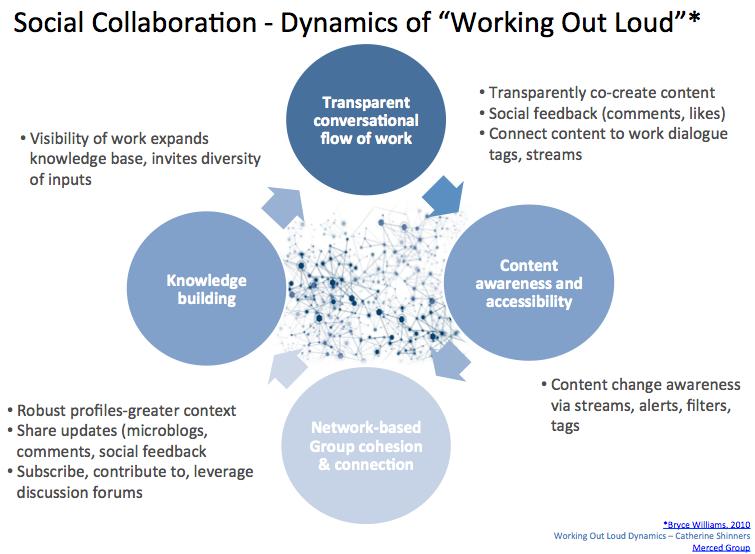
Transparent, conversational flow of work – social collaboration brings a more natural human, narrative flow to asynchronous group interactions around workflows and business processes and surfaces perspectives of people working together on projects or artifacts. The transparency and persistence of conversation threads in social collaboration tools let’s groups and team more visibly co-create content, and share and receive feedback, not just ‘in the moment’, but most importantly, in the current context of the flow of work. The structure of many social tools let’s groups more directly connect their content to a dialogue around the work with commenting, feedback mechanisms and tags.
Content awareness and accessibility – Social collaboration tools are designed keep people in the flow of work throughout a project. The experience in social collaboration creates an awareness of content changes and current conversational elements. People can get a view to this flow of dialogue and work by using activity streams, tags, or alerts to other mediums (i.e. email). This awareness lets people bring in immediate comments or insights, or references to important resources. They can see where content has moved along a workflow and avoid working on versions of artifacts that are outdated. Connecting content no longer means attaching a document in an email. New habits for working out loud include using the tools to create awareness – tagging, using affirmation signals (like button), creating and using filtering mechanisms in activity streams, linking other content into conversational flows. Developing awareness skills includes actively setting and modifying alerts and filter options.
Network-based group cohesion and connection – most social collaboration tools support ways for people to create rich and robust profiles. Organizational directories often simply feature contact information, obscure job titles, and perhaps reporting structure. Rich profiles help an individual create an awareness of their background, work projects, their social roles in the network (answers questions, subject-matter-expert). Bringing a deeper, richer set of information about an individual’s experience and background can be used by teams to quickly orient to one another, as they move from project to project, gives everyone a greater context of the talents and expertise accessible to the team. The variety of interaction options also supports dynamic, open ways of connecting the insight and knowledge that people bring to the work process – sharing updates with microblogs, or comments, creating and contributing to discussion forums.
Knowledge building – as the work and conversations build and remains transparently persistent, access to group knowledge also builds. Important insights, viewpoints and problem-solving dialogue is not just retained, but can be viewed more relevantly in the context in which it was applied. The workflow process becomes a vital social learning process.
Articles by Others
Real voices about the collaborative mindset by Jane McConnell
One hurdle for organizations is to find ways to enable people to feel proud of their skills and knowledge, and to involve them in real discussions where their input matters.
- “Individuals have to consider their own connections, showcase their own background and knowledge, as a key knowledge asset for themselves and their organizations.” – Catherine Shinners, Charter Member at Change Agents Worldwide LLC
Organizational Collaboration’s Dirty Little Secret by Wharton Executive Education
Catherine Shinners, principal and founder of Merced Group, a Silicon-Valley-based social business consulting firm, helps implement technology that supports collaboration and reduces over-reliance on meetings. “There are ways that people can use collaboration tools and enterprise social networks to stay connected and aware without having to be in a meeting,” Shinners states.
She says that such technologies can also wean people from the inefficient use of emails, which causes versioning problems and broken conversational threads. “People’s behaviors are still so stuck in the 1990s modalities of email communication with attachments…It is absolutely astonishing to me how much people are still using [this for] complex project workflows,” Shinners says.
Shinners further recommends having employees maintain a profile on a company-wide network similar to LinkedIn. She says this lightens the load on frequent collaborators by making others within the company more visible as potential helpers. For example, an employee could search for someone with agile development experience, and a list of relevant co-workers would come up.
On Shinners’ blog “Cathexis: Collaboration in Context” she notes that companies with teamwork problems actually may have deeper issues for which over-collaboration is only a symptom. These include poor interaction and knowledge management practices, and vague or irregular governance. Some firms don’t recognize that these persistent issues are eating away at their progress and productivity. Corporate culture begins to erode, and the business finds itself at a competitive disadvantage.
Savvier firms realize that professional development is essential to strengthen their executives’ competencies around collaboration. A good executive education partner program can be invaluable for helping leaders root out and address what’s actually causing the perceived “collaborative overload.”
Digital Workplace Vendors May Come and Go, But Own the Experience and Your Workplace Will Thrive (reworked.co) by David Weldon
What’s Table Stakes for a Digital Workplace
Traditional, table-stakes elements of a digital workplace are now well established and have served fairly well for many organizations.
“Companies have moved towards a cloud-based infrastructure over the past few years allowing them to broaden their portfolio of tools for their workforce away from the baseline email, desktop productivity tools, and one-to-one instant messaging and intranet-only-based search,” said Catherine Shinners, a director at Merced Group. Shinners has worked with leading companies in high tech and the financial sector to guide and develop digital workplace strategies.
“Organizations have integrated digital platforms that support group-level content creation and publishing (i.e., SharePoint, Jive, wikis); varied tools that support more immediacy of interactions and communications such as web-conferencing and group messaging; and have broadened search across platforms. Social collaboration elements have also been added (enterprise social networks), to create more online commons for employee communications and employee engagement,” Shinners said.
Changing the world of work by Harold Jarche
“In a knowledge economy, it’s the talent and knowledge of people, and the results of their productive interactions that create value – solving complex problems, inventing new solutions, engaging with customers.” – Catherine Shinners
Joining the dots of the Digital Work Disruption conference by David Terrar
Catherine Shinners talked about mastering digital leadership. She explained the importance of showing up, being a connector and an influencer. She talked about each of our digital homes being a sustained and sheared experience. Before you send the next email, rethinking and think about the better ways you could publish and share that information. She talked communities of practice, and a new style of leadership navigating and cultivating networks.
Presentation
Building Online Community from Strategy, Planning and Launch to Effective Engagement and Adoption
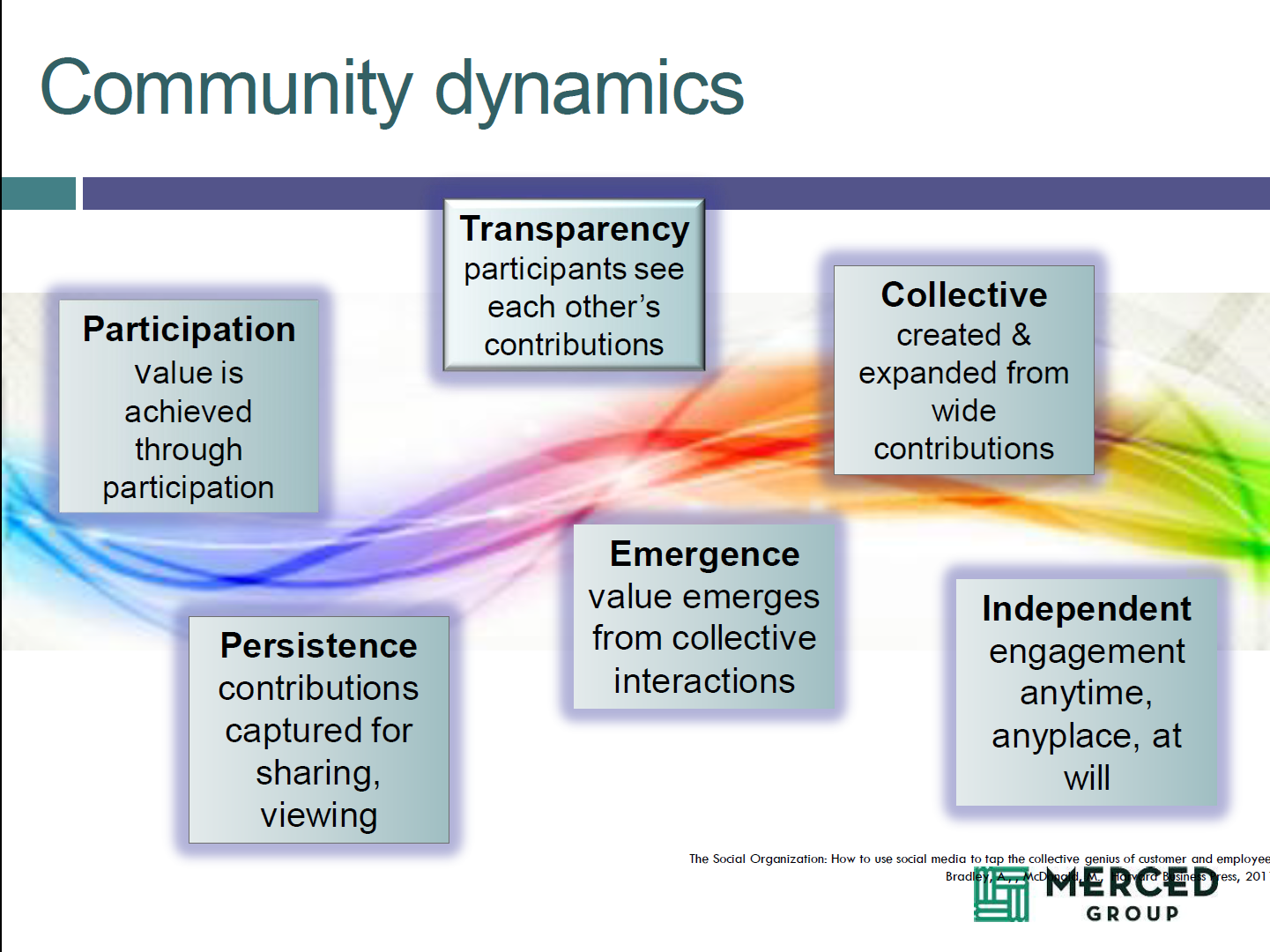
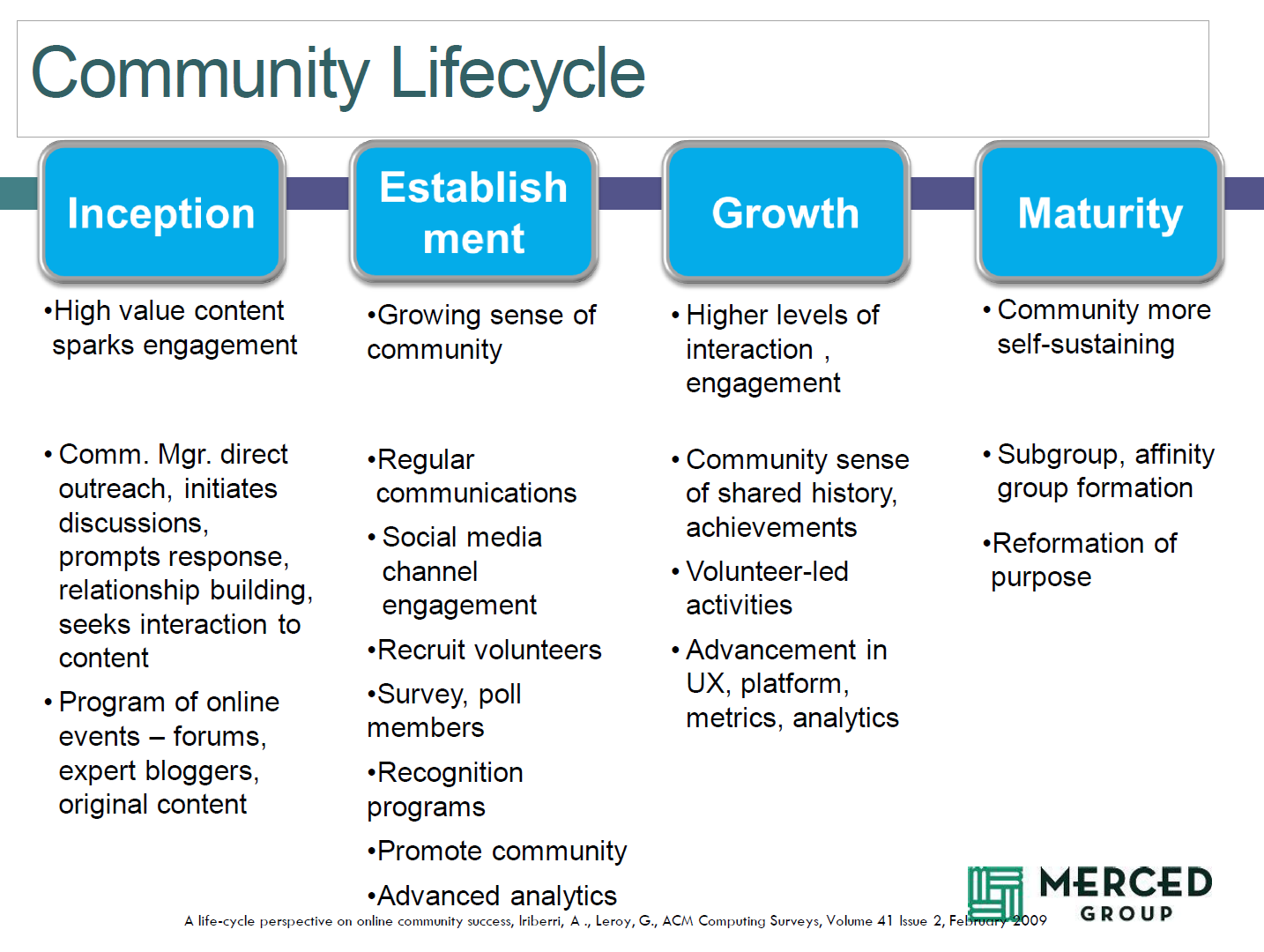
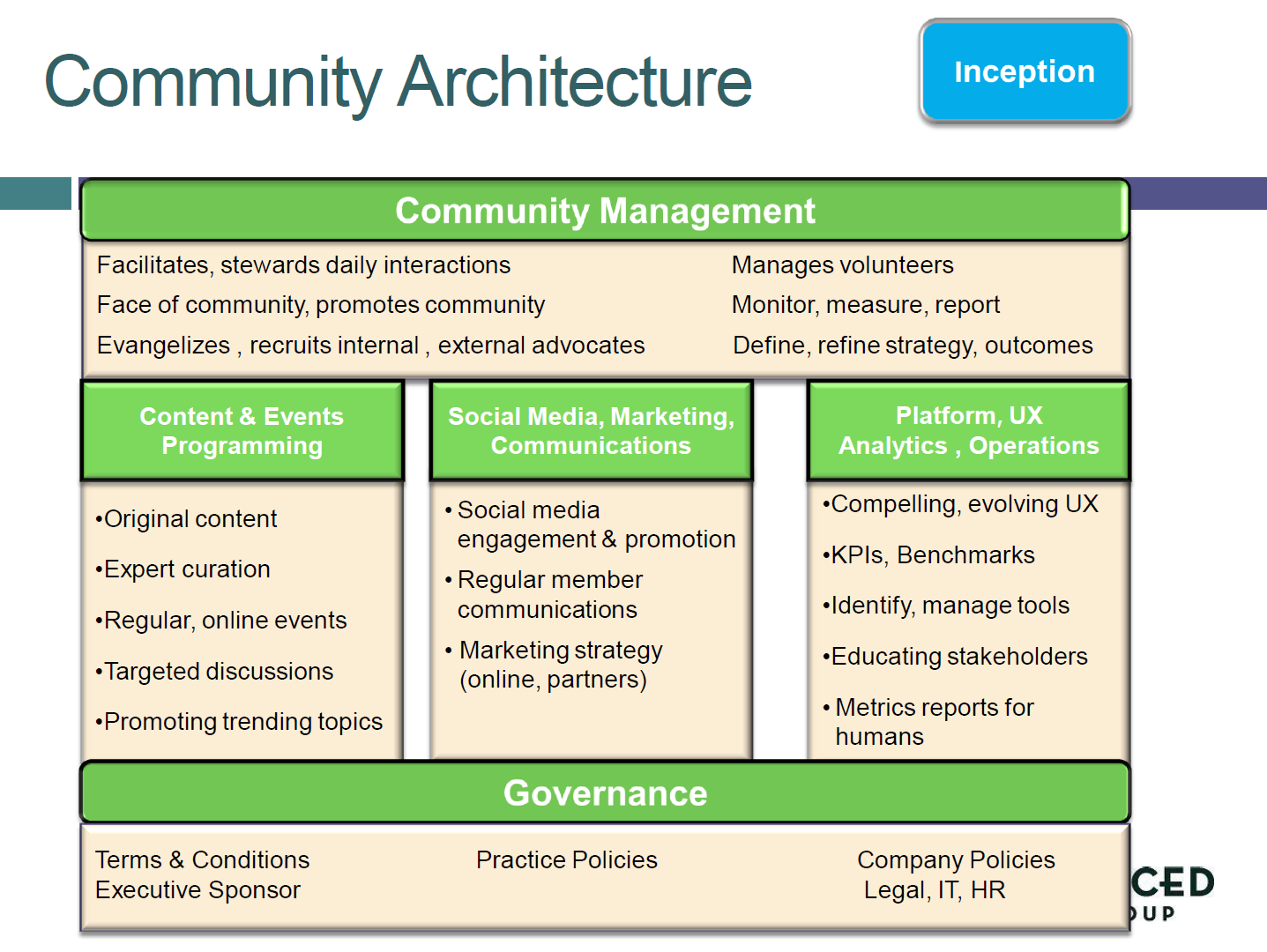
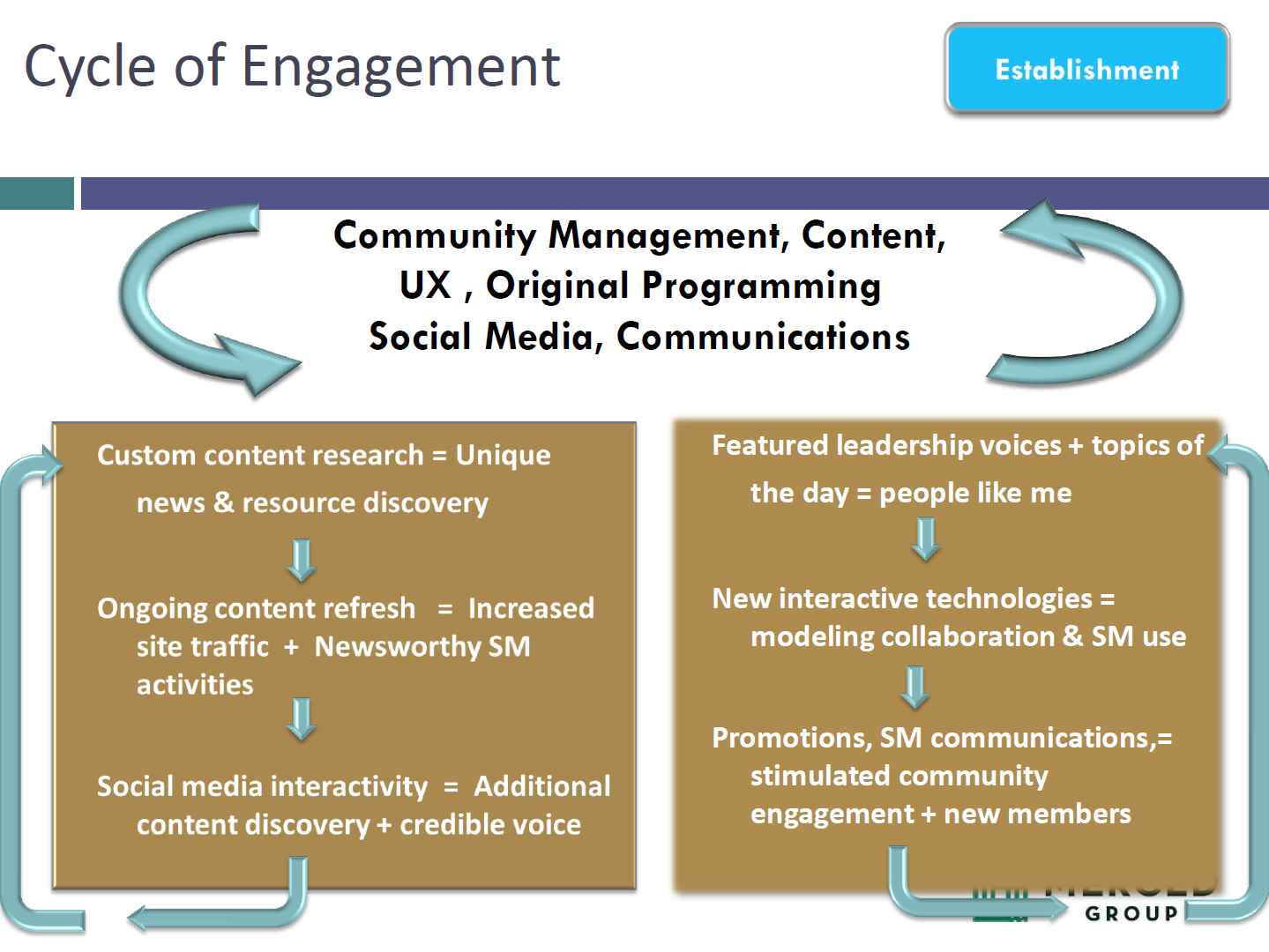

Stan Garfield
Enjoy Stan’s blog posts offering advice and insights drawn from many years as a KM practitioner. You may also want to download a free copy of his latest book for Lucidea Press: Knowledge Nuggets: 100 KM Infographics. Learn about Lucidea’s Presto, SydneyEnterprise, and GeniePlus software with unrivaled KM capabilities that enable successful knowledge curation and sharing.
Never miss another post. Subscribe today!
Similar Posts
Lucidea’s Lens: Knowledge Management Thought Leaders Part 79 – David Garvin
KM expert David Garvin was a proponent of organizational learning to counter unpredictability in market forces and technology advances.
Lucidea’s Lens: Knowledge Management Thought Leaders Part 78 – Carl Frappaolo
KM expert Carl Frappaolo was the creator of Delphi’s Knowledge Management Methodology (KM2)
Lucidea’s Lens: Knowledge Management Thought Leaders Part 77 – Leif Edvinsson
Leif Edvinsson, Professor Emeritus at Lund University in Sweden, specializes in Intellectual Capital Management of Enterprises, Cities, and Nations
Lucidea’s Lens: Knowledge Management Thought Leaders Part 76 – Seth Earley
Seth Earley works in cognitive computing, knowledge engineering, data management systems, taxonomy, ontology, and metadata governance strategies.

Leave a Comment
Comments are reviewed and must adhere to our comments policy.
0 Comments